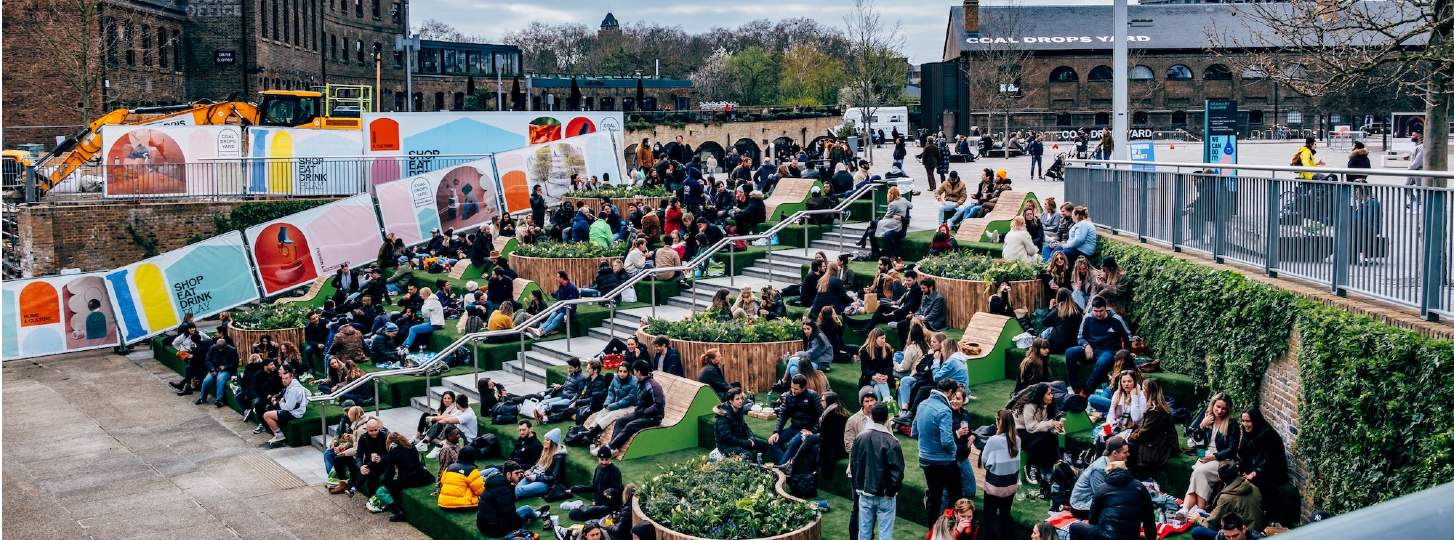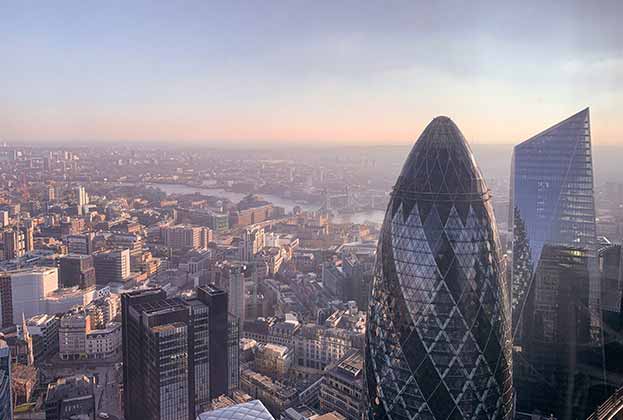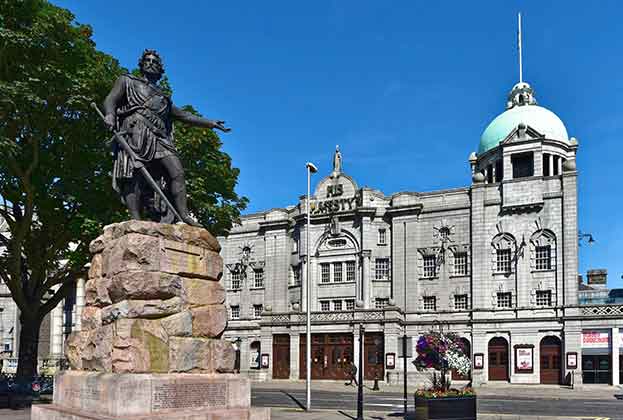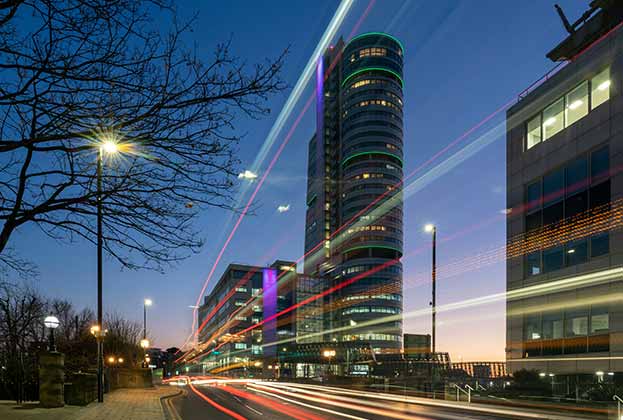By the end of March, active office requirements in central London in 2022 were more than 30 per cent ahead of the five-year average for first quarter activity. Londoners are back, offices are busy and a post-Covid-19 shift in what makes good office design is driving a flight to quality with around 90 per cent of all new office lettings in the city being on buildings of Grade A standard.
As a further sign of confidence in the London office market, our research shows more occupiers looking to increase the amount of space they occupy in London (29 per cent) than decrease (13 per cent), with the majority seeking to acquire a similar amount of space to what they currently have (circa 10,000 sq ft).
New flex and hybrid ways of working, and an ever greater focus on wellbeing in the workplace, are coming through in the design and layout of offices. The surge of new development seen so far this year in London will unlock a further ‘flight to quality’ from occupiers.
Workplace culture is what will draw people into the office in a hybrid working future, and smart technologies will enable ever more flexible interactions. We are already seeing a rise in immersive meeting rooms with tech assistance such as VR headsets and protocols in place to ensure consistency of experience. While there will be focus-orientated rooms, there will also be a rise in centralised social space to drive interaction. Gym spaces and dog- friendly leases are also on the rise.
Office design is also responding to the environmental and social factors influencing the way Londoners work. Proposed changes to minimum energy efficiency standards in offices and the need to reduce waste demands that we think about retrofitting our existing buildings rather than building new.
Adding to the hunt for best in class is the highly competitive war for talent with the office viewed as a hugely influential factor as part of a desirable job package. New developments coming through will be tailored to this and a competitive tension between businesses will continue to drive rental growth on prime space.
Despite concerns over an increase in tenant released space during the pandemic, sub-let, sub-standard space is generally not the solution for most occupiers wanting to make their own mark with bespoke design. However, flex space enables corporate companies to adjust to new ways of agile working and as a result has become a fundamental part of London’s office offer.
But office design alone is no longer enough, with vibrant locations now seen by many occupiers as equally important as the buildings themselves. The much anticipated opening of the Elizabeth line will see Tottenham Court Road and Liverpool Street Station become genuine considerations for businesses wanting well connected, central offices.
London’s rapidly emerging new office districts are evidence of this. Looking beyond isolated office design, occupiers are after amenity rich, well connected urban campuses. In a similar vein to how places like King's Cross have successfully emerged over the past 20 years, we are on the cusp of seeing a raft of dynamic new ‘places’ emerge which will become the fabric of a new London office market that serves opportunity-led occupiers.
Further information
How building design can support sustainable modes of transport and fight polution

-impact-the-office-sector(1).jpg)

.jpg)






